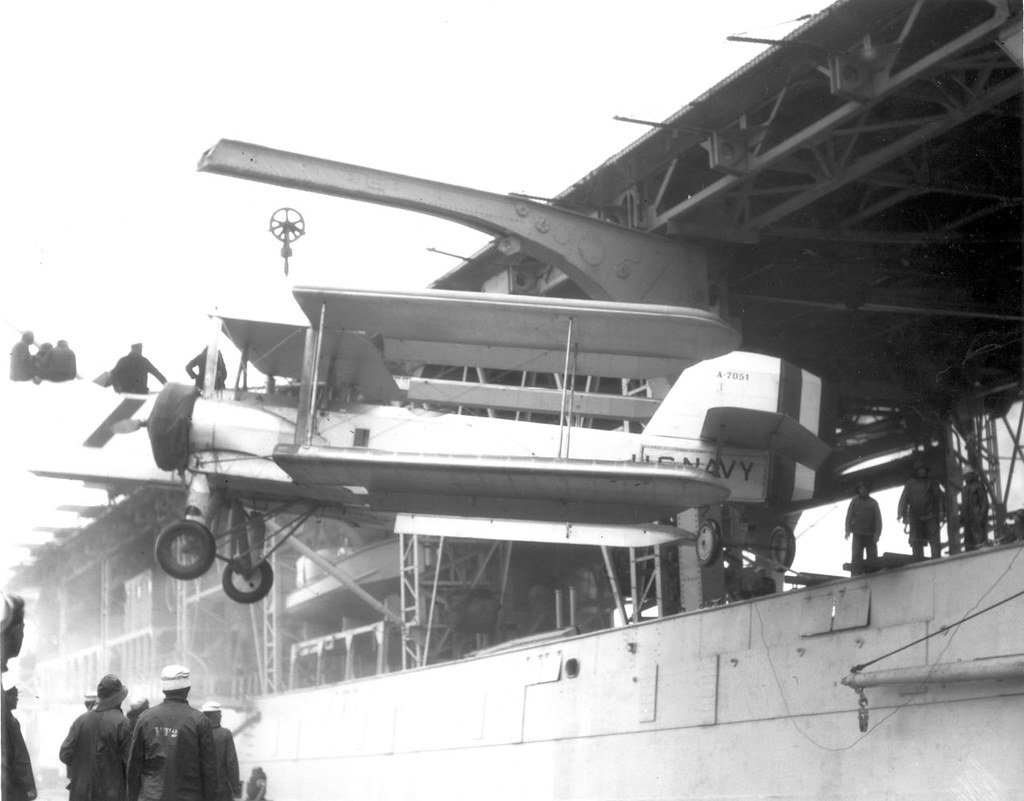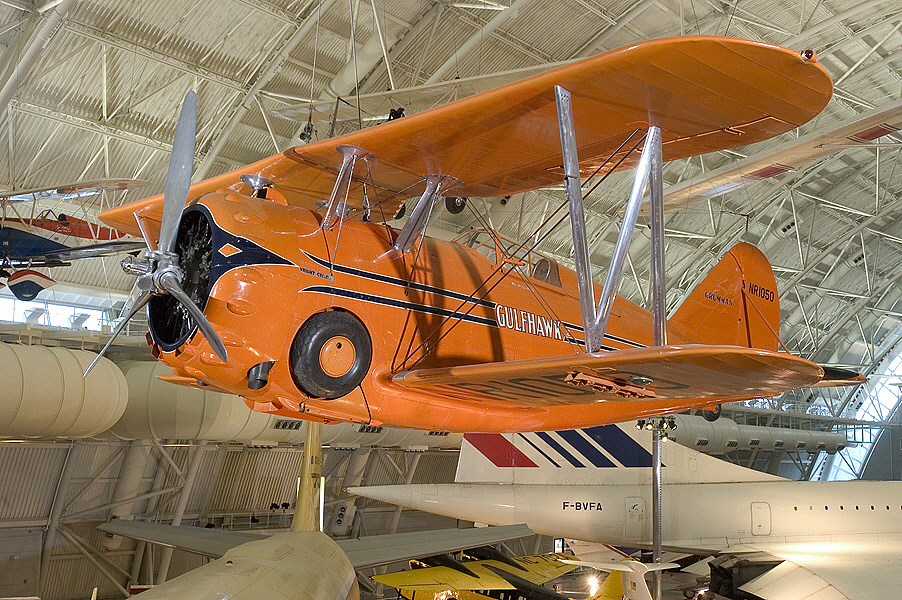I feel like people in this thread are conflating the state of aviation development in the late 20s with the state of development in the late 30s and early 40s . Yes the Lexington class was unusually large but the Navy at this time is looking for aircraft it can operate off the USS Langley.
There was not just Lexington, there was also Saratoga, plus Ranger in construction. Designing aircraft to mandatory fit the lesser carrier like Langley is a shot in a foot, so is planing to send a 15 knot carrier in the harm's way. There is abundnace of biplanes for training aboard Langley anyway.
Yes, the Langley eventually operated the F2A (and the F4F as well) but an extra 500 HP under the hood for a ~20% increase in P/W relative to the FF forgives many sins.
Okay then, no monoplanes to be flown from Langley.
The Blackburn Skua operated from British carriers. Power to weight ratio was pathetic, a 900 HP engine for a 8200 lbs aircraft ready for take-off. The wing loading of the Buffalo was 50-100% greater than of the FF, yet it operated from Langley. Funky lot, those USN aviators.
Yes, the A5M was operated from carriers with same power as what the Grumman FF had. It was also 500 lbs lighter than the Grumman FF at a time when that was still a substantial amount. "What would have happened if Leroy Grumman had followed the Japanese example of sacrificing durability and redundancy to minimize weight and drag?" is a very different question from "What if the FF had been a monoplane?"
Nobody said that Leroy needs to do such a thing.
'Our' FF is unlikely to be any lighter than the one we got in OTL and with the reduction in wing area this does not bode well for it's STOL/low speed performance. Hence my comment about introducing folding wings and arrestor gear earlier if it is to win out over other designs.
Seems like the arrestor gear was already there:
picture


